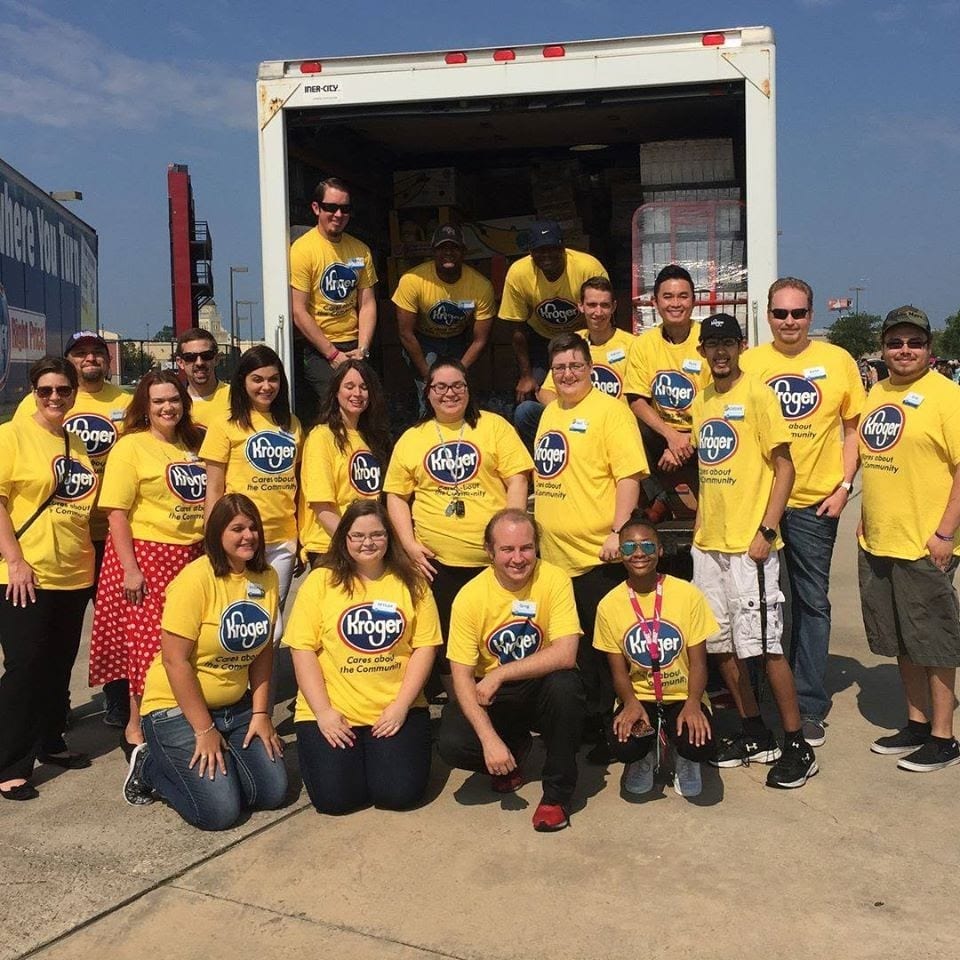Today, food delivery competition has expanded from traditional restaurants to include local grocery stores and data-driven giants like Amazon. To stand out, companies need a competitive differentiator. Domino’s, founded in 1960, cut through the increased competition’s crust and remains one of the largest pizza companies in the world because it recognizes this.
The company boasts significant business in both delivery and carryout, serving a million pizzas daily out of its more than 14,000 stores in 85 markets. They do this by integrating customer data across multiple platforms, including mobile, social and email, to increase efficiency and provide a more flexible customer ordering experience. Relying on technology as a competitive differentiator helped the pizza giant achieve more than 50 percent of all global retail sales in 2017 from digital channels, primarily online ordering and mobile applications.
Here’s how the pizza company did it, and the tips you can take to do the same:
Domino’s AnyWare creates data everywhere: AnyWare is a digital platform that allows the company’s customers to order pizza from their smartwatches, TVs, car entertainment systems and social media platforms. All of these pizza orders across the array of digital mediums create an information tsunami, or in the company’s eyes, a competitive advantage. The pizza company realized that data is a weapon in its competitive market, and it needed to be available on demand. The company defined the requirements and goals for a solution, including speed-to-market implementation, cost and the ability to streamline workflow and reduce custom development work.
Cut down on complexity and streamline the process: Previously, the pizza company used multiple tools for capturing data and multiple agencies for marketing campaigns, all while trying to manage 17 terabytes of data. To cut down on complexity and streamline its processes, the pizza company teamed up with Talend, a cloud data integration company, to deploy Talend Big Data to integrate all of this data from everywhere – 85,000 structured and unstructured data sources in all, pouring into its system every day – to create a single view of its customers and global operations. The company uses this solution to ensure it is delivering the best product it can to its customers as fast as possible, while also analyzing all segments of its business to keep up with changing needs and constantly evolving competitive pressures. Implementing this new technology quickly transitioned the pizza company from a traditional ordering mechanism to an e-commerce platform.
Multiple touchpoints, one buying experience: Domino’s built a data infrastructure that collects information from every touchpoint, including all the company’s point of sales systems and 26 supply chain centers, and through all its channels, including text messages, Twitter, Pebble, Android and Amazon Echo. Data is then fed into the company’s Enterprise Management Framework and then combined with enrichment data from third-party sources and geocode, demographic and competitive information. Now, the pizza company has a trusted, single source of the truth that it can use to improve business performance from logistics to financial forecasting while enabling one-to-one buying experiences across multiple touchpoints.
With all of the challenges a business faces in trying to create a digital transformation, one of the main lessons to be learned from this story is that having a bird’s eye view is of the utmost importance, and that data can help any brand deliver a better customer experience. The pizza company integrated data from everywhere to create a 360-degree view of its customers, holding the pizza company’s spot at the top of the food chain. Now Domino’s isn’t only able to deliver pizza; they are delivering a tailored experience to every consumer that interacts with the brand, no matter the medium. (BPT)








